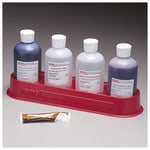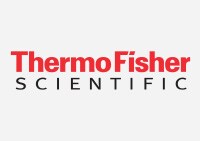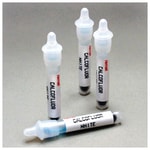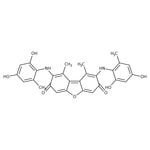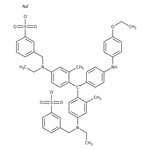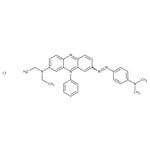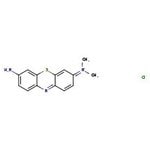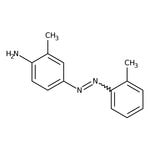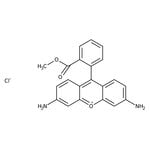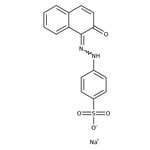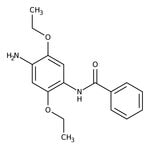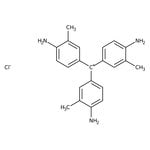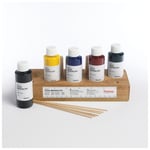Search Thermo Fisher Scientific

Stains and Dyes
Various solutions used during staining procedures in order to increase the visibility of microscopic biological structures via color and/or fluorescence. Products include kits, stains, counterstains, dyes, fluorescent labels, decolorizers, etc.
Products (444)
Learn More (517)
Documents & Support
(822)444 Products
Filter
Differentiate gram-positive organisms from gram-negative organisms using Thermo Scientific™ Remel™ Gram Stain Kit. The Gram stain method was developed in 1884 by the Danish bacteriologist, Christian Gram, to differentiate bacterial cells from infected tissue1.
Thermo Scientific™ Remel Gram Crystal Violet is a primary stain in Gram stain procedures.
Detect fungi, yeasts, Microsporidia, Acanthamoeba, and Pneumocystis carinii using Thermo Scientific™ Remel™ BactiDrop™ Calcofluor White fluorescent stain. In 1961, Darken observed the uptake of calcofluor white by actively growing cultures of yeast and higher fungi1.
This Thermo Scientific Chemicals brand product was originally part of the Acros Organics product portfolio. Some documentation and label information may refer to the legacy brand. The original Acros Organics product / item code or SKU reference has not changed as a part of the brand transition to...
This Thermo Scientific Chemicals brand product was originally part of the Alfa Aesar product portfolio. Some documentation and label information may refer to the legacy brand. The original Alfa Aesar product / item code or SKU reference has not changed as a part of the brand transition to Thermo...
Janus Green B is a stain that interacts with DNA and has been used for histology studies including mitochondrial staining, in which its oxidation and reduction reveals alterations to the electron transfer chain.
Thermo Scientific™ Remel Gram Safranin is a counterstain used in Gram stain procedures.
Thermo Scientific™ Remel Gram Iodine is a mordant used in Gram stain procedures.
This Thermo Scientific Chemicals brand product was originally part of the Acros Organics product portfolio. Some documentation and label information may refer to the legacy brand. The original Acros Organics product / item code or SKU reference has not changed as a part of the brand transition to...
This Thermo Scientific Chemicals brand product was originally part of the Acros Organics product portfolio. Some documentation and label information may refer to the legacy brand. The original Acros Organics product / item code or SKU reference has not changed as a part of the brand transition to...
This Thermo Scientific Chemicals brand product was originally part of the Acros Organics product portfolio. Some documentation and label information may refer to the legacy brand. The original Acros Organics product / item code or SKU reference has not changed as a part of the brand transition to...
This Thermo Scientific Chemicals brand product was originally part of the Acros Organics product portfolio. Some documentation and label information may refer to the legacy brand. The original Acros Organics product / item code or SKU reference has not changed as a part of the brand transition to...
This Thermo Scientific Chemicals brand product was originally part of the Acros Organics product portfolio. Some documentation and label information may refer to the legacy brand. The original Acros Organics product / item code or SKU reference has not changed as a part of the brand transition to...
This Thermo Scientific Chemicals brand product was originally part of the Acros Organics product portfolio. Some documentation and label information may refer to the legacy brand. The original Acros Organics product / item code or SKU reference has not changed as a part of the brand transition to...
Permanently mark the margins of excised surgical specimens for exact orientation with Epredia™ Shandon™ Tissue-Marking Dyes.
Learn More (517)
View all
Hematopoietic stem cells (HSCs) can be found in bone marrow, peripheral blood, and umbilical cord blood, and are important in studies of blood disorders and blood-related malignancies. We provide a comprehensive set of tools for study of HSCs and their derivatives.
In gel electrophoresis, fluorescent nucleic acid gel stains are dyes used for DNA detection. When bound to DNA molecules and illuminated with UV or blue light, these dye molecules fluoresce brightly. Once the gel is stained, transilluminators are used to excite the dye molecules, which allow DNA to...
Documents & Support (822)
View all
What are neutral lipid stains?
What are the advantages of using the Click-iT Plus EdU Imaging kits compared to traditional BrdU assays?
